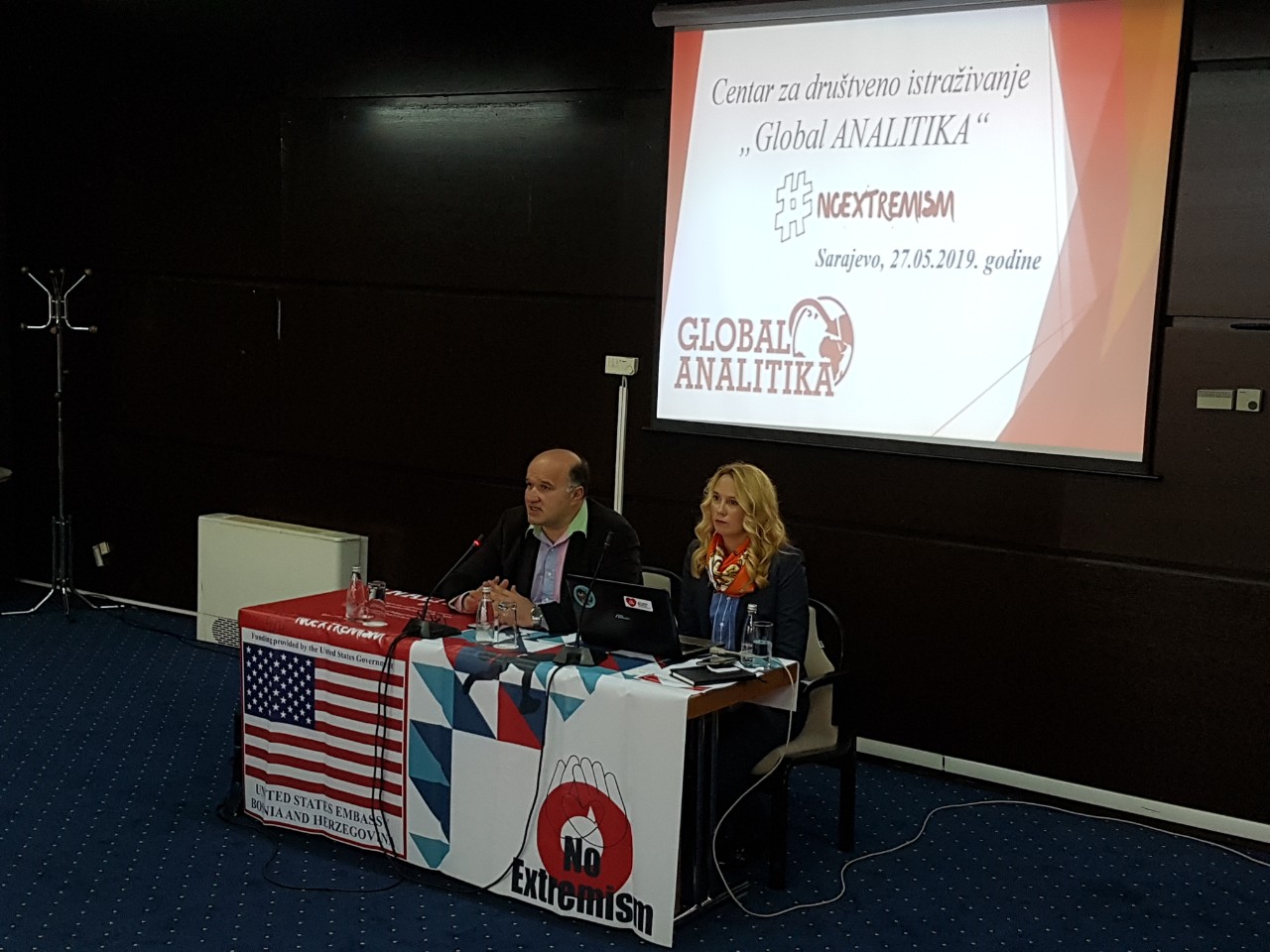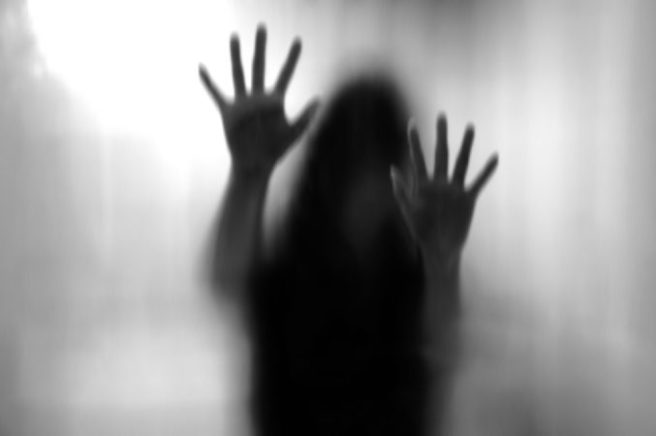According to estimates of professional services, it is assumed that during over 20,000 girls and women have been of conflict-related sexual violence (hereinafter CRSV) in Bosnia and Herzegovina. Due to multiple factors (such as not reporting, silence culture, etc.), it is not possible to establish accurate data, so the assumptions for the number of raped women in Bosnia and Herzegovina are around 50,000. The International Court of Justice in The Hague issued final verdicts for the most severe violations of international humanitarian law, the verdict of genocide and joint criminal enterprise. However, the most painful thing for CRSV victims, whether they are registered or unregistered, is a fact that the many perpetrators were not brought to justice, and often the victims are forced to see them near their homes and again experience all the horrors and consequences of traumatic experiences. CRSV victims during the war in Bosnia and Herzegovina is certainly one of the most vulnerable categories of society for several reasons. Firstly, the system of protection and support for CRSV victims is not fully resolved and secondly, a lack of adequate psycho-social programs involving CRSV victims. Also, the important segment is a support to CRSV victims in their intention to testify or to provide the necessary information in order for perpetrators be prosecuted for this serious criminal act.
The importance of public condemnation, the need for public awareness of the problem of CRSV victims (girls and women), the empowerment of victims themselves, health and other protection of those victims are also necessary components that are necessary for society to react preventively and ensure that such crimes do not happen again in the future.
The consequences of CRSV
Sexual violence leaves a great number of consequences, primarily on the psychological and physical health of the victim, and one of the consequences of sexual violence can be death, which occurs through violence itself, but also as a consequence, whether death is the consequence of acts or suicide as a result of CRSV.
CRSV victims have psychological and physical traumatic and traumatic consequences, but less well-known is the fact that they are exposed to economic repercussions, as numerous victims have not completed education, have no permanent employment or some other financial assistance. Such a state of CRSV victim may lead to changes in the development of an image of oneself, to their sexuality, and to trust in partners in the later years of life. Victims who survived sexual violence the risk of depression and post-traumatic stress disorder is far more present, and the likelihood of suicidal behavior is also significantly increased. CRSV leaves great consequences for the survivor’s social life, and it is not rare that the victim remains alone without the support and help of his closest relatives and friends. Women and girls who survived CRSV, while reporting it or telling others, remain “marked,” isolated, exposed to various remarks, comments, and advice.
The experience of an associate – psychologist of the Center for Social Research Global Analitika has shown that working with the CRSV victims in Bosnia and Herzegovina is that with this category is not dealt enough, that even now 26 years of CRSV there are psychological consequences for victims that survived it.
Post-Traumatic Stress Disorder refers to the experiences of women survivors of CRSV during the war in Bosnia and Herzegovina, and reactions to a traumatic event or trauma are different and may include shock, horror, dullness, helplessness, sorrow, pain, feeling what happened is not true. The victim cannot remember all or some of the details of a traumatic event, or, on the other hand, can also relive scenes of CRSV again. Reactions occur in an emotional, cognitive, physical, and behavioral plan, and the strength of the reaction may depend on a whole set of factors. Some of the reactions can be:
- denial (… this did not happen to me …)
- suppressing (… I do not want to think about it, I do not remember anything …)
- rationalization (… this was not the “real” sexual violence …)
- the cult of silence (a promise to yourself or an agreement with witnesses, often members of the family, that they will never talk about it).
The crime of CRSV leaves a lasting and difficult individual impact on the mental and general health of the survivors but also on their functioning and the quality of life itself. CRSV also has collective consequences; which represents a collective trauma, becauseCRSV disrupts the family structure and negatively affects society in general.
Some of the world’s data about rape
- It is estimated that 35 percent of women worldwide have experienced either physical and/or sexual intimate partner violence or sexual violence by a non-partner at some point in their lives. However, some national studies show that up to 70 percent of women have experienced physical and/or sexual violence from an intimate partner in their lifetime [1]
- Women who have been physically or sexually abused by their partners are more than twice as likely to have an abortion, almost twice as likely to experience depression, and in some regions, 1.5 times more likely to acquire HIV, as compared to women who have not experienced partner violence [2]
- Although little data is available—and great variation in how psychological violence is measured across countries and cultures—existing evidence shows high prevalence rates. Forty-three percent of women in the 28 European Union Member States have experienced some form of psychological violence by an intimate partner in their lifetime [3]
- Worldwide, almost 750 million women and girls alive today were married before their 18th birthday. Child marriage is more common in West and Central Africa, where over 4 in 10 girls were married before age 18, and about 1 in 7 were married or in union before age 15. Child marriage often results in early pregnancy and social isolation, interrupts schooling, limits the girl’s opportunities and increases her risk of experiencing domestic violence. [4]
- Around 120 million girls worldwide (slightly more than 1 in 10) have experienced forced intercourse or other forced sexual acts at some point in their lives. By far the most common perpetrators of sexual violence against girls are current or former husbands, partners or boyfriends. [5]
- In the majority of countries with available data, less than 40 percent of the women who experience violence seek help of any sort. Among women who do, most look to family and friends and very few look to formal institutions and mechanisms, such as police and health services. Less than 10 percent of those women seeking help for the experience of violence sought help by appealing to the police. [6]
- Evidence suggests that certain characteristics of women, such as sexual orientation, disability status or ethnicity, and some contextual factors, such as humanitarian crises, including conflict and post-conflict situations, may increase women’s vulnerability to violence. [7]
- In a survey of 3,706 primary schoolchildren from Uganda, 24 percent of 11 to 14-year-old girls with disabilities reported sexual violence at school, compared to 12 percent of non-disabled girls. [8]








